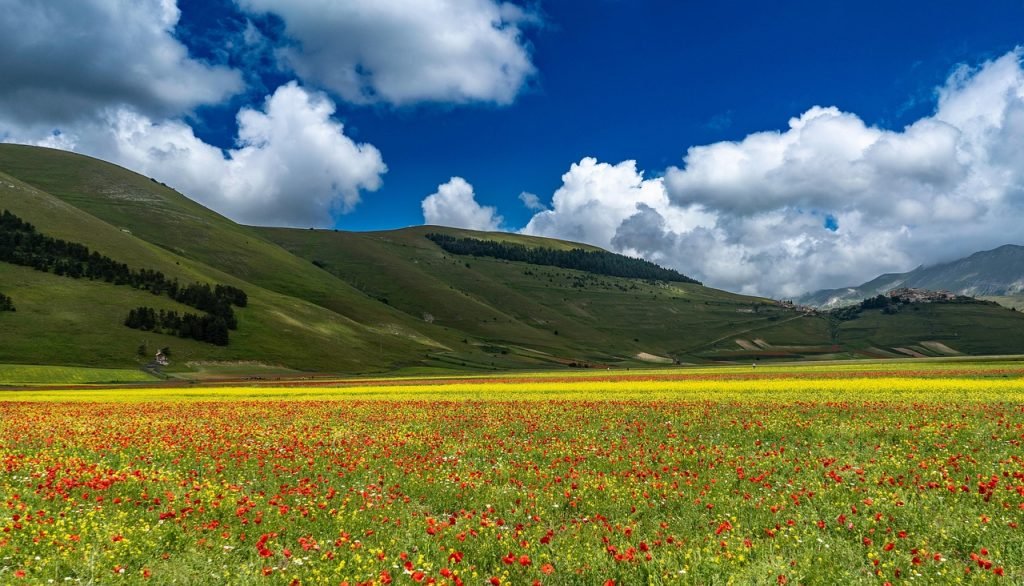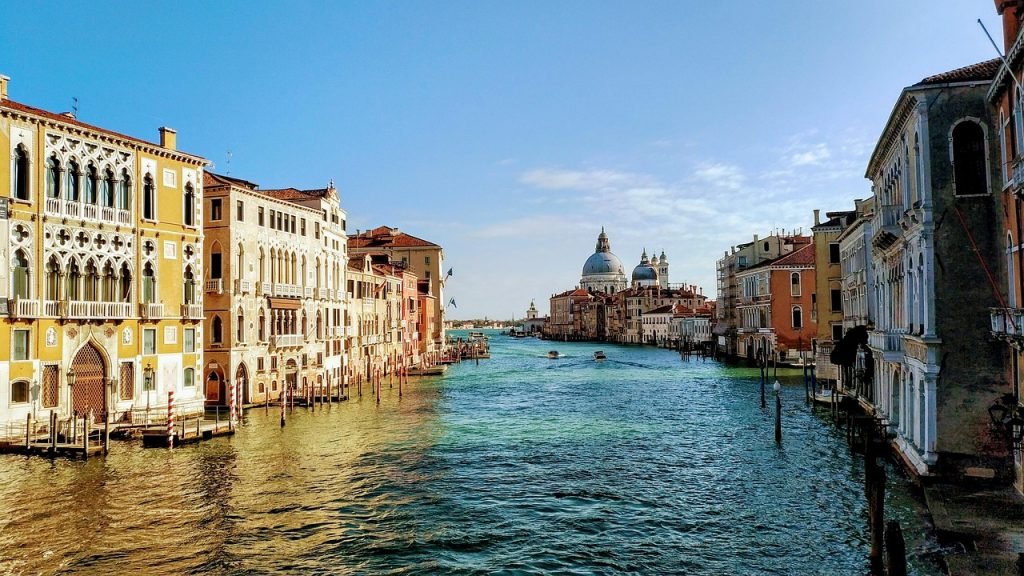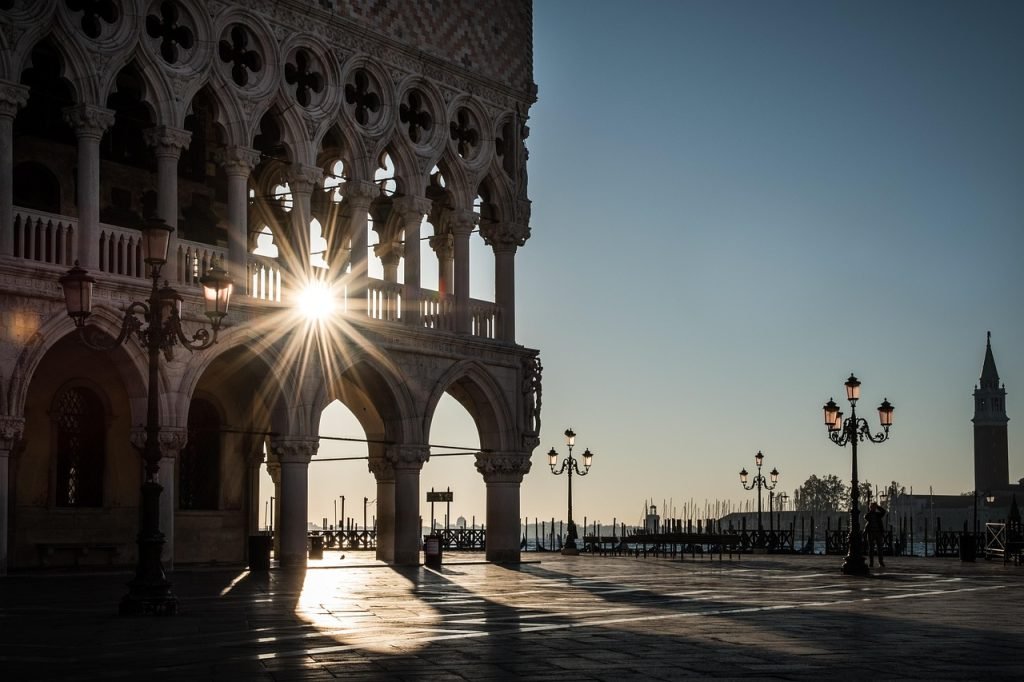High in the Apennines, where Umbria kisses the sky at nearly 1,500 meters above sea level, lies a village that has become Italy’s most powerful symbol of resilience. Castelluccio di Norcia—perched on the edge of the vast Piano Grande like a medieval sentinel—has survived centuries of harsh winters, devastating earthquakes, and the relentless passage of time. Yet each summer, this fragile community performs one of nature’s most spectacular miracles: the transformation of its ancient plateau into a carpet of wildflowers so magnificent that it draws pilgrims from across the world.
This isn’t just tourism—it’s a testament to the unbreakable spirit of a people who refuse to surrender to adversity. Despite losing 60% of the village to the 2016 earthquake, with only about 30 people living there year-round, Castelluccio continues to bloom each June and July, proving that some things transcend catastrophe.
The flowering—la fioritura—represents far more than a pretty landscape. It’s an act of defiance against despair, a celebration of renewal, and an invitation to experience one of Italy’s most authentic remaining corners. Here, every lentil purchased, every meal shared, every night spent supports a community that has chosen hope over defeat, rebuilding over retreat.
The Miracle of La Fioritura: Nature’s Annual Resurrection
Between the beginning of June and the end of July, the Piano Grande comes alive with one of the greatest spectacles of nature in the world. Poppies, cornflowers, daisies, violets, lentils, narcissus, gentians and many other spontaneous species create a marvellous mosaic of colourful beauty and heady scents. This is la fioritura—the flowering that transforms 15 square kilometers of high-altitude plateau into what photographers and poets alike call “Italy’s Little Tibet.”
The star of this natural theater is the humble lentil whose delicate white flowers with light purple hues carpet the landscape in ways that seem almost supernatural. But this isn’t just agricultural accident; it’s the result of centuries of careful cultivation and an intimate understanding between the people of Castelluccio and their unforgiving but magnificent environment.
Despite the devastating earthquake, the famous Flowering of Castelluccio di Norcia returned, saving both the production of lentils and the magic landscape that attracted 250,000 tourists each year. This return represents nothing less than a miracle of human determination and natural resilience working in perfect harmony.
The timing varies slightly each year depending on weather conditions, but typically the spectacle begins in earnest around mid-June and reaches its peak by early July. This wonderful spontaneous expression takes place every year between mid-May and mid-July, though the period may slightly vary depending on weather. Planning your visit requires flexibility and a willingness to trust in nature’s timing—qualities that the people of Castelluccio have perfected over generations.
A Landscape Forged by Time and Tenderness
The Piano Grande isn’t just any plateau—it’s a glacial basin surrounded by the peaks of the Sibillini Mountains, creating a natural amphitheater that has shaped both the landscape and the character of its people. This is one of the largest high-altitude plateaus in the Apennines, a place where the horizon stretches endlessly and the sky seems close enough to touch.
The geological forces that created this extraordinary landscape also made it vulnerable to seismic activity. The 2016 earthquake that devastated central Italy hit Castelluccio with particular cruelty, leaving the village a ghost town where even reaching it on paved roads became impossible, requiring off-road vehicles to navigate the damage. Yet the land itself—scarred but not broken—continued its ancient cycle of death and renewal.
Walking across the Piano Grande during flowering season feels like stepping into a living impressionist painting. The colors shift with the light and the breeze, creating patterns that exist for mere moments before dissolving into new configurations. Early morning mist rises from the valley floor, creating ethereal scenes that photographers chase but never quite capture completely. Late afternoon light turns the entire plateau into molten gold, while sunset paints the surrounding peaks in shades of rose and purple that seem too intense to be real.
This is landscape as cathedral, nature as spiritual experience, beauty as a form of prayer. The annual flowering serves as both liturgy and miracle, drawing visitors who come seeking not just photographs but transformation.
The Norcinerie: Guardians of Authentic Flavor
While the flowering draws visitors to Castelluccio, it’s the extraordinary culinary tradition that keeps them returning year after year. The norcinerie—traditional shops specializing in cured meats and local specialties—represent one of Italy’s most authentic food cultures, largely unknown outside Italy.
The art of norcino (traditional butchery and charcuterie) has been perfected here over centuries, shaped by the harsh mountain climate that naturally preserves meats and the pastoral traditions that have sustained these communities through countless hardships. In the norcinerie of Castelluccio and nearby Norcia, you’ll encounter flavors that exist nowhere else—products that carry the essence of this unique landscape in every bite.
The famous lentils of Castelluccio represent the crown jewel of local agriculture. These aren’t ordinary legumes—they’re smaller, more flavorful, and more nutritious than their lowland cousins, shaped by the extreme growing conditions of the high plateau. The short growing season, and dramatic temperature swings between day and night create lentils with an almost nutty complexity that has earned them IGP (Protected Geographical Indication) status.
But the norcinerie offer much more than lentils. Here you’ll find guanciale (cured pork jowl) with a texture and flavor that puts commercial versions to shame, pecorino cheeses aged in mountain caves that develop crystalline textures and profound umami depth, and wild boar salami that tastes like the forest itself. Every purchase represents both a culinary adventure and an act of solidarity with communities fighting to preserve their way of life.
Supporting Resilience Through Authentic Experience
Visiting Castelluccio isn’t passive tourism—it’s active participation in a community’s survival and renewal. The village is slowly being rebuilt and now once again receiving visitors, but this recovery depends entirely on people willing to make the journey and support local businesses.
Every meal eaten in local restaurants, every night spent in village accommodations, every jar of lentils purchased from local producers provides essential income for reconstruction and renewal. This isn’t charity—it’s an investment in authenticity, a vote for the survival of places that maintain their character in an increasingly homogenized world.
The economic impact of tourism goes far beyond immediate spending. It provides hope and purpose for young people who might otherwise leave for cities, it justifies the preservation of traditional skills and knowledge, and it creates a sustainable model for mountain communities threatened by depopulation and neglect.
The first agriturismo reopened in Castelluccio after the earthquake was Monte Veletta, representing a crucial milestone in the village’s recovery. Each subsequent reopening builds momentum, creating a network of authentic experiences that honor both the past and the future.
The Pilgrimage of Seasons and Flavors
Planning a visit to Castelluccio requires understanding both its natural rhythms and its current realities. The flowering season represents peak visitation, when the village awakens from its winter hibernation to welcome thousands of visitors drawn by the spectacular blooms. But each season offers its own rewards for those willing to experience this landscape in its full complexity.
Spring brings the anticipation of flowering, with early wildflowers beginning to emerge and the first tourists arriving to witness the transformation. Summer means peak bloom and peak crowds, but also the full expression of the plateau’s beauty and the busiest season for local businesses. Autumn offers the harvest of lentils and other crops, along with stunning foliage and fewer visitors. Winter transforms Castelluccio into an arctic landscape of stark beauty, when only the most dedicated residents remain and the village feels like the end of the world.
For first-time visitors, the flowering season remains unmissable. But return visitors often discover that the plateau’s beauty transcends any single season, revealing new aspects of its character throughout the year.
The Practical Poetry of Mountain Life
Reaching Castelluccio requires commitment—this isn’t a destination you stumble upon by accident. The village sits at the end of winding mountain roads that demand careful navigation and respect for the landscape’s challenges. But this remoteness isn’t a bug; it’s a feature, ensuring that only those genuinely interested in the experience make the journey.
The infrastructure remains limited by design and necessity. Accommodations are simple but authentic, restaurants focus on local ingredients prepared with traditional techniques, and services maintain the unhurried pace of mountain life. This isn’t the place for luxury amenities or urban conveniences—it’s a destination for those seeking authenticity over comfort, character over convenience.
The village’s small size means that advance planning is essential, especially during flowering season. Accommodations fill quickly, and the limited number of restaurants can’t handle unexpected crowds without advance notice. But this intimacy also means that visitors experience genuine hospitality rather than tourist-industry efficiency.
A Testament to Endurance
Almost two years after the earthquake, 90% of accommodation facilities within the park have reopened, and most trails have as well, demonstrating the remarkable resilience of this mountain community. Castelluccio’s recovery represents more than reconstruction—it’s a reaffirmation of values that modern life often neglects: the importance of place, the value of tradition, and the power of community solidarity.
The village’s survival challenges every assumption about progress and development. In an age of urbanization and globalization, Castelluccio proves that small communities can maintain their identity and viability through authenticity rather than assimilation. The flowering becomes a metaphor for renewal that extends far beyond agriculture—it’s proof that some things not only survive catastrophe but emerge more beautiful than before.
The Call of the Mountains
Castelluccio di Norcia isn’t just a destination—it’s a pilgrimage site for anyone seeking to understand what authentic Italian culture looks like when stripped of tourist performance and commercial packaging. Here, the landscape shapes the people, the people shape the food, and the food connects visitors to thousands of years of mountain wisdom.
The annual flowering serves as both spectacle and symbol, drawing visitors to witness natural beauty while supporting human resilience. Every photograph taken, every meal shared, every conversation exchanged contributes to the village’s renewal and the preservation of a way of life that enriches our understanding of what’s possible when communities refuse to surrender their identity to convenience.
This is Italy at its most essential—beautiful, fragile, enduring, and absolutely worth fighting to preserve. The journey to Castelluccio represents more than tourism; it’s an investment in the survival of places that make the world more interesting, more beautiful, and more authentically human.
Ready to experience la fioritura and support Castelluccio’s remarkable recovery? Plan your visit between mid-June and mid-July for peak flowering, and remember that every lentil purchased and every meal shared contributes directly to this community’s continued resilience.


